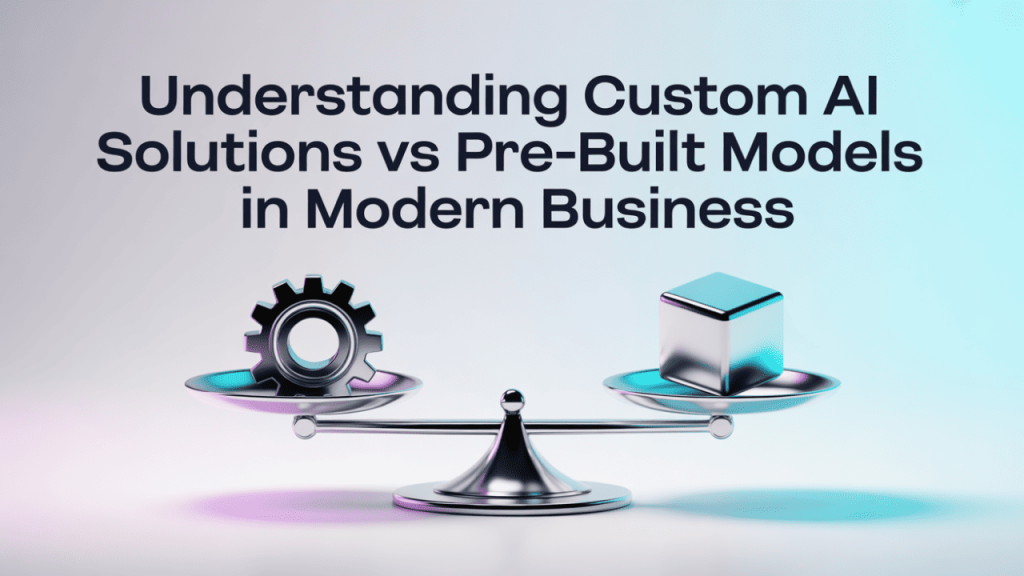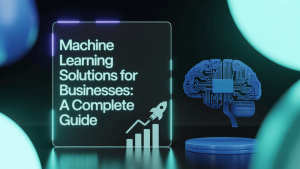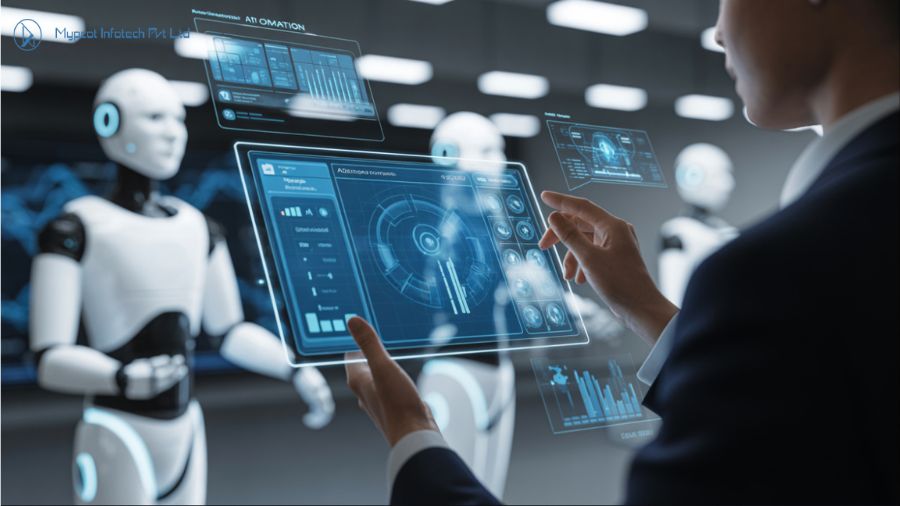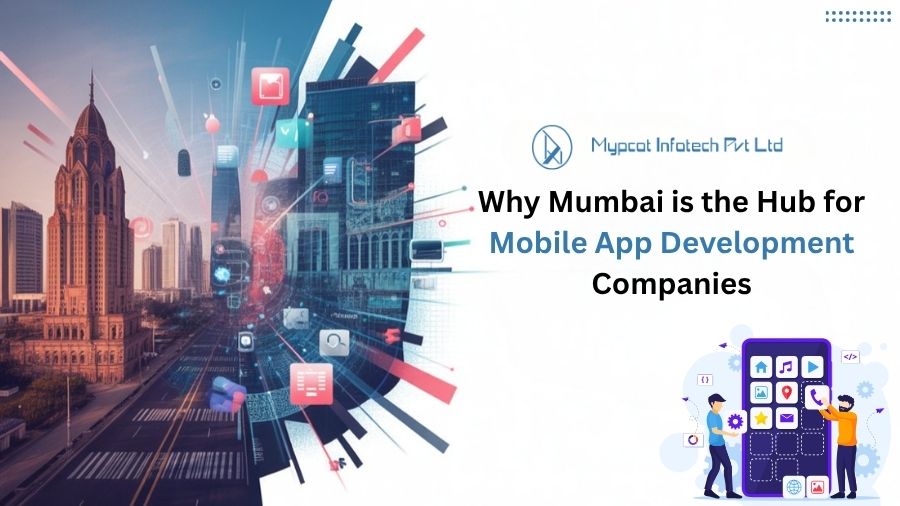Sometimes, choosing between custom AI solutions vs pre-built models can really feel a lot harder than it exactly should. Every business wants smarter automation and better decision-making, however, the moment AI enters the discussion, the choice suddenly gets confusing.
In the world of AI Development, you’ll find a spectrum of tools. Some promise quick, off-the-shelf results, while others provide deeper control and long-term strategic value. The most critical step in your AI Development journey is to properly understand which approach actually suits and fits your unique workflows, data, and growth plans.
This guide is here to cut through the noise and explain both choices in a clear, practical way so that you can decide which solution is truly supportive for your business and not just the trend. Let’s dive deeper in this guide.
Table of Contents
ToggleUnderstand What an AI Solution Is Before Choosing Custom AI Solutions vs Pre Built Models
Before you even start comparing custom AI solutions vs pre built models, it’s essential to understand what an AI solution actually brings for a business.
You can think of it as a practical system that actually uses data and algorithms in order to automate decisions, predict outcomes, or even handle tasks that would normally need human effort.
An AI solution for business isn’t just a piece of software you install. Over and above that, it’s an integration that works together to fix a specific problem or improve progress.
A solid AI solution generally includes:
- A clear and relevant business use case
- Defined and reliable data sources
- A trained model that keeps improving
- Smooth integrations with your existing tools or platforms
- A visible impact on cost, speed, accuracy, or customer experience
How AI Solutions Work Behind the Scenes (Explained in Simple Words)
How exactly Ai solution works behind the scenes actually becomes much clearer when you have a look at the simple steps every system follows, from data to decisions:
1. Data Collection
Actually, everything starts with data. This can include customer behavior logs, sales numbers, support tickets, product listings, or even voice and image inputs. Brands use this phase just to feed their machine learning system with real-world information. For example, an online store collects data like browsing and purchasing history in order to improve product recommendations.
2. Training Phase
Next comes training: The AI actually studies the collected data to comprehend patterns and relationships. For example, if a logistics company wants better demand forecasting, then it trains the model on previous delivery times, traffic patterns, weather conditions, along with seasonal trends.
3. Model Learning and Refinement
As the model learns, it becomes smarter at solving the original business problem. This is exactly where algorithm optimization, pattern detection, along with continuous improvement happen. You can think of a customer service chatbot learning the way users phrase common questions in order to respond even more accurately.
4. Predictions and Automation
Once the model gets trained, then it starts making predictions, decisions, or even automating actions in real time. Several businesses utilize AI to predict stock shortages, while a financial service provider uses it for risk assessment or sometimes for fraud alerts. And, this is where the real business value begins to show.
5. System Integration
AI always needs to work inside your existing ecosystem. It integrates with your CRM, billing tools, ERP system, or even applications your team uses. Now, this step makes sure that you get workflow automation, not just a standalone tool sitting on the side.
6. Feedback Loops
AI gets better feedback. Whenever users correct an answer or add new data, the system adjusts future predictions. And, if customers mark a chatbot reply as unhelpful, the model learns and improves. This is really key for model accuracy, long-term scalability, and even more reliable performance.
Custom AI Solutions vs Pre Built Models: Core Differences You Must Know
When we compare custom AI solutions with pre built models, the biggest difference clearly shows up in how exactly they’re designed, how they operate, and where exactly they perform best. A quick breakdown helps you see what each one really offers:
How They’re Built
- Custom AI solutions are actually built from scratch for your specific workflows, data, structure, along with business goals.
- Pre built AI models are ready-to-use systems that are trained on general datasets, designed to just plug in quickly with minimal setup.
How They Operate
- Custom AI adapts to your unique environment. The model learns from your real data and then evolves around and according to your process.
- Pre built AI operates on fixed rules and patterns that are already defined by the vendor. You can get fast results, but limited flexibility.
Performance Differences
- Custom AI excels in accuracy, personalization, and long-term scalability.
- Pre built models excel in accuracy, personalization, along with long-term scalability. Perform well for common tasks such as sentiment analysis, document classification, lead scoring, or even basic automation.
Trade-offs Businesses Often Overlook
Custom AI needs more time, deeper data, as well as higher initial investment, but offers a long-lasting competitive edge.
- Pre built AI is quick and affordable to begin with, however may hit performance ceiling as your needs grow.
Custom AI vs Pre Built AI: Why This Comparison Matters for Business Growth
When it comes to opting for a custom AI vs pre pre-built AI affects even more than just speed or cost. It shapes how exactly your business grows.
- Accuracy: Custom AI aligns with your data; on the other hand, pre built AI stays generic.
- Cost Over Time: Pre built tools are really affordable upfront; however, custom AI becomes more cost-efficient as your needs scale.
- Compliance and Security: Custom setups provide you with tighter control, especially for regulated industries.
- Competitive Advantage: Customized AI actually creates capabilities your competitors can’t copy.
- Ownership and IP: Custom AI gives you full ownership, unlike subscription-based pre-built tools.
- Scalability: Custom models evolve with your business; pre-built ones often plateau.
Business Self-Assessment: The Questions Companies Must Answer Before Picking an AI Approach
- What is the actual business problem?
- How much data is available?
- How complex is the workflow?
- Expected timelines
- Integration requirements
- Budget vs long-term ROI
- Need for customization
- Compliance and data sensitivity
When you ask these questions, they act as a readiness filter. These questions actually help you see whether your goals, data, workflow, timelines, budget, and compliance requirements are better aligned with a custom AI or pre built model. By running this checklist, you get a clearer picture of what exactly your business needs and avoid choosing an AI approach that would not scale or even deliver the results you actually expect.
Custom AI Solutions Explained in Depth (With Real Business Use Cases)
How Custom AI Is Built
Custom AI is designed around your own datasets, architecture, along with workflows. It’s trained on your business rules, completely integrated with your systems, and gives you perfect control over every feature.
Key Advantages
- Higher accuracy
- Full flexibility
- Strong automation
- Competitive edge
- Complete data ownership
Limitations
- Higher upfront cost
- Longer deployment
- Requires technical involvement
Use Cases
Retail demand forecasting, fraud detection, logistics planning, medical diagnostics, sales prediction, insurance risk scoring, along with other data-intensive operations.
Pre Built AI Models Explained in Depth (With Real-World Examples)
How Pre Built AI Works
Pre built AI runs on pre-trained datasets and works through simple API integration. These models are plug-and-play, making them quick to adopt.
Now, pre-built AI models run on already trained data sets and work through simple API integration. These models are plug-and-play, making them quick to adopt.
Key Advantages
- Fast deployment
- Low initial cost
- Minimal setup
Limitations
- Limited customization
- Vendor dependency
- Generic performance
- Not ideal for complex workflows
Use Cases
Standard chatbots, OCR tools, sentiment analysis, auto-tagging, transcription services, and ready-made recommendation widgets.
Side-by-Side Comparison: Custom AI Solutions vs Pre Built Models
| Feature | Custom AI Solutions | Pre Built AI Models |
| Accuracy | High, tailored to your data | Moderate, based on generic datasets |
| Deployment Speed | Longer setup | Quick plug-and-play |
| Cost | Higher upfront, cost-efficient long-term | Lower initial, may rise with scale |
| Scalability | Easily scales with growth | Limited, may plateau |
| Maintenance | Requires dedicated team | Managed by vendor |
| Data Privacy | Full control | Third-party dependent |
| Integration | Deep, flexible | Standard APIs only |
| Industry Fit | Customizable for niche needs | Best for general use |
| ROI | High long-term | Moderate |
| Innovation | Fully customizable | Limited features |
Conclusion
The choice between pre-built models and custom AI solutions can determine the expansion, effectiveness, and competitive advantage of your company. Making better decisions is ensured by being aware of the variations, expenses, scalability, and industry fit.
AI development firms in Mumbai, such as Mypcot, offer professional advice, customized solutions, and seamless integration to help businesses use AI efficiently while optimizing return on investment and long-term innovation potential.











